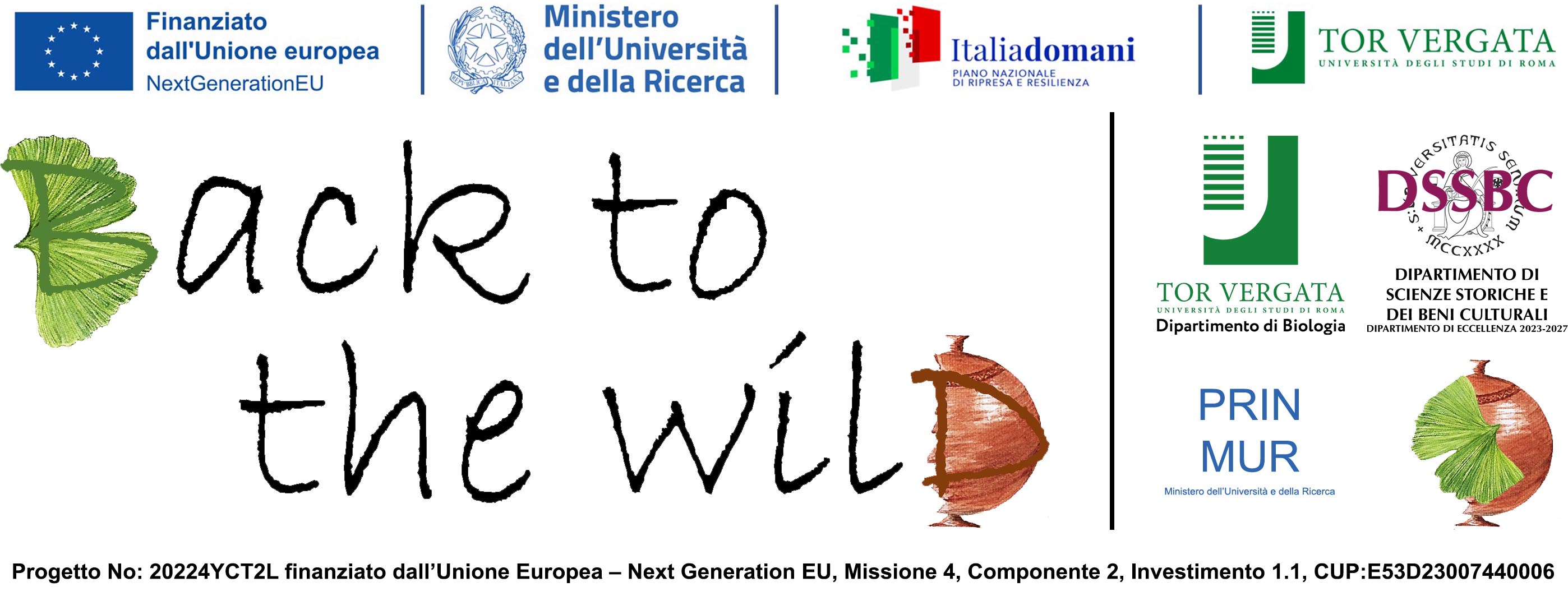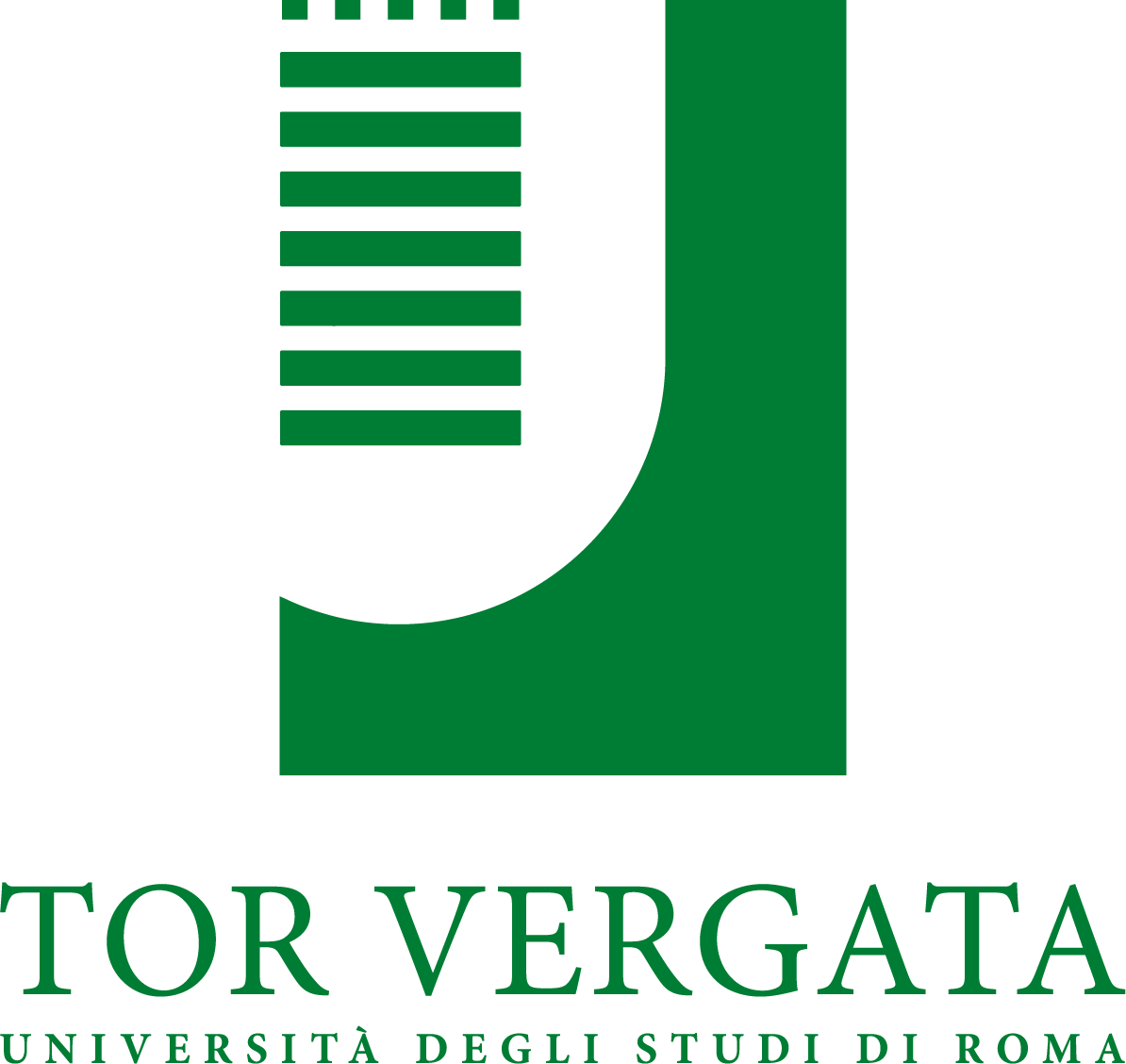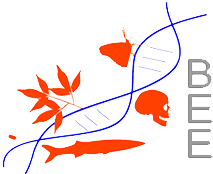RITORNO ALLA NATURA: ALLA SCOPERTA DELLA FITOCULTURA NEOLITICA ITALIANA MEDIANTE STRATEGIA ARCHEO-BIOMOLECOLARE
BACK TO THE WILD è un progetto di ricerca finanziato dall’Unione Europea-NextGenerationEU (componente M4C2, investimento 1.1) tramite il BANDO PRIN 2022 (codice: 20224YCT2L) attuato mediante MUR della durata di due anni, coordinato dal Prof. Angelo Gismondi e dalla Prof. Giovanna Pizziolo, che indaga le interazioni uomo-ambiente nel Neolitico italiano, con particolare focus sul ruolo delle piante selvatiche. Infatti, il processo di Neolitizzazione è un evento cruciale che ha trasformato in modo irreversibile la vita delle comunità europee, determinando importanti cambiamenti in demografia, salute e organizzazione sociale. Sebbene l’attenzione si sia concentrata sull’introduzione delle nuove specie domestiche, il progetto, combinando approcci di Botanica e Archeologia, fornirà nuovi dati sul valore che le piante selvatiche continuarono ad avere tra le prime comunità agricole. I dati acquisiti serviranno a comprendere meglio l’impatto che l’agricoltura ha avuto sulla biodiversità vegetale preesistente all’epoca neolitica nei diversi ecosistemi e quale equilibrio le comunità umane abbiano raggiunto in termini di strategie di sussistenza e paleodieta, ottenendo in modo indiretto anche informazioni sul paleoambiente.
BACK TO THE WILD: UNCOVERING THE ITALIAN NEOLITHIC PHYTOCULTURE BY AN ARCHAEO-BIOMOLECULAR STRATEGY
BACK TO THE WILD is a 2-year research project granted by the European Union-NextGenerationEU (M4C2 component, investment 1.1) through the PRIN 2022 call (code: 20224YCT2L) powered by MUR coordinated by Prof. Angelo Gismondi and Prof. Giovanna Pizziolo, investigating Human-Environment interactions in the Italian Neolithic, with special focus on the role of wild plants. Many scholars consider the Neolithization process a crucial event that irreversibly transformed ways of life and thought in the whole of Europe and had significant impact on the demography, health, and social organization of human populations. While focus has primarily been on changes related to the introduction of domesticated species, BACK TO THE WILD combines different approaches from Botany and Archaeology to provide new data on the knowledge and use of wild plants by early farming communities. This information will contribute to our understanding of Neolithic plant biodiversity as well as of the impact the introduction of agriculture had on pre-existing forager lifeways, both in terms of subsistence strategies and palaeodiet, obtaining indirectly also information on the palaeoenvironment.
| L | M | M | G | V | S | D |
|---|---|---|---|---|---|---|
| « dic | ||||||
| 1 | 2 | 3 | 4 | |||
| 5 | 6 | 7 | 8 | 9 | 10 | 11 |
| 12 | 13 | 14 | 15 | 16 | 17 | 18 |
| 19 | 20 | 21 | 22 | 23 | 24 | 25 |
| 26 | 27 | 28 | 29 | 30 | 31 | |









